Sansup Garden (산숲가든)
6.9Km 2021-03-24
3929, Chunghyo-ro, Andong-si, Gyeongsangbuk-do
+82-54-823-3333
It is a place where you can enjoy generous servings as well as the taste of healthy Korean dishes. The best menu at this restaurant is Thistle hot stone pot rice. This Korean dishes restaurant is located in Andong-si, Gyeongsangbuk-do.
MONTRER CHEF (몽뜨레셰프)
7.1Km 2021-03-30
346-124, Gwangwangdanji-ro, Andong-si, Gyeongsangbuk-do
+82-54-813-5454
It is a great place with an outdoor terrace for family gatherings. This family restaurant is located in Andong-si, Gyeongsangbuk-do. The most famous menu is pork shoulder steak.
Parque Nakgang Mulgil (낙강물길공원)
7.1Km 2024-05-09
Sanga-dong 423, Andong-si, Gyeongsangbuk-do
Confucian Land (유교랜드)
7.2Km 2024-05-07
Gwangwangdanji-ro 346-30, Andong-si, Gyeongsangbuk-do
El confucionismo es la raíz de la cultura espiritual de Corea. Para entenderlo bien, es recomendable visitar Confucian Land, ubicado en el Complejo de Cultura y Turismo de Andong. Después de pasar por el túnel de tiempo, se encuentran 6 pabellones, donde se puede observar la vida de los eruditos del siglo XVI y experimentar la cultura confuciana.
Ontrepieum de Andong (안동 온뜨레피움)
7.2Km 2021-08-13
Gwangwangdanji-ro 346-95, Andong-si, Gyeongsangbuk-do.
Ontrepieum, que significa "la apertura de flores en un jardín", se ubica en el Complejo de Cultura y Turismo de Andong. Con una superficie de 30.000 metros cuadrados, consiste en un invernadero tropical de 1.500 metros cuadrados, un jardín de hierbas de 6.600 metros cuadrados, tierra de cultivo, un teatro para actuaciones con animales, un sector de experiencia natural y más. El invernadero tiene plantas tropicales y subtropicales, incluyendo hierbas, café y palmeras. Más de 17.000 árboles plantados en el parque, junto con una fuente de agua y zonas de fotos, hacen del lugar un sitio perfecto para un fin de semana de diversión. El Complejo de Cultura y Turismo de Andong tiene una serie de atracciones cercanas, como el estudio de KBS, el Museo Folclórico de Corea, el Museo del Agua y el Museo de Artes y Artesanías.
Zootopium (주토피움)
7.2Km 2024-05-17
Gwangwangdanji-ro 346-95, Andong-si, Gyeongsangbuk-do
Imyeonjae Head House [Korea Quality] / 흥해배씨 임연재종택 [한국관광 품질인증]
8.1Km 2020-09-03
51, Hyanggyo 1-gil, Andong-si, Gyeongsangbuk-do
+82-10-9077-7216
The Lim Yeon-Jae Head House of Heunghae Bae's Clan was built by Bae Cheon-Seok (1511~1573), Vice Minister of War, in 1558 in Domok-ri, Wolgok-myeon, Andong but was moved to its current location in Songcheon-dong, Andong in 1973 due to the construction of Andong Dam. The house has inherited the tradition of Baekjukdang Bae Sang-Ji (1351~1413) who refused to serve two kings out of loyalty to the Goryeo Dynasty. Bae Sang-Ji is the first ancestor of Heunghae Bae's Clan who settled in Andong. The Lim Yeon-Jae Head House was designated for the permanent worship of the spirit of Governor Bae Sam-Ik (1534~1588, pen name: Lim Yeon-Jae, nickname: Yeowoo) who was the son of Bae Cheon-Seok and a student of Toegye Yi Hwang and who served as the Governor of Hwanghae-do after passing the civil service examination. The house was nicknamed Geumyeokdang after the pen name of Bae Yong-Gil (1556~1609, nickname: Myeongseo), who was a son of Lim Yeon-Jae and who served as secretary of Chungcheong-do Province after passing the civil service examination and fought as a member of the army for the cause of justice during Japan’s invasion of Korea in 1592. With the antique charm of a traditional Korean house, the Lim Yeon-Jae Head House boasts of beautiful walls, stairs, eaves, etc. The windows and doors of the house decorated in the construction style of the early Joseon Dynasty are especially beautiful. In the head house is the time-honored space used as a study since the establishment of the house, which has been opened recently as a little library to accommodate the neighbors who love reading by inheriting the tradition of the house with a collection of many books and opening a bookstore. The little library of Baekjuk Historic House is furnished with more than 5,000 books in different genres including novel, humanities, history, cartoons, and books for infants. You can enjoy time travel to the past through the experience of the old house and by reading books in the library. An air-conditioning/heating system has been installed in every room, with communal bathrooms equipped with the latest facilities positioned here and there in the house for the convenience of visitors.
An dong gotak Esanru [Korea Quality] / 안동고택 이상루 [한국관광 품질인증]
8.4Km 2020-09-10
3193-6, Pungsantaesa-ro Seohu-myeon, Andong-si, Gyeongsangbuk-do
+82-54-843-3328 / +82-10-3522-1542
'Andong City in Gyeongsangbuk-do Province is a town of culture and folk traditions where one can trace the long history of eminent families. It is also a symbol of time-honored tradition to the extent that the name Andong reminds people of traditional Korean hanok houses. Isangru, an ancient hanok house with a history of 2,590 years, located in the foothills of Mt. Cheondeungsan, served as a venue for the memorial rite for Kim Seon-pyeong, the progenitor of the Andong Kim clan and a meritorious government official during the reign of King Taejo of the Goryeo Dynasty. Isangru, meaning ‘a tall majestic building built on frosty ground’, is a two-story wooden building with a tiled roof characterized by elegant curves that form a half-hipped shape when viewed from the side. The house consists of two accommodations, Taejangtaesa and Isangru, arranged in a ‘ㅁ’ shape. The large door located in the middle of the ground floor offers an open view of the beautiful natural environment including a pine grove, a pond, and wild flowers. Built in 1750, this hanok house shows its age in its wooden pillars, stone walls, and interiors decorated with wooden engraving on the handrail. Guests can stay in a room heated with wood in winter, or in a tent for a different experience in summer. The house has been well maintained with various repair works, and underwent extensive renovations, including the wallpaper and floors, in 2013. Although it is close to a road, the house is surrounded by old trees, creating the impression that it is situated in the middle of a dense forest. A path runs between ancient pine trees on the road leading to the house. There is a pond with water lilies and white lotus flowers in front of the house, while various species of wild flowers including big blue lily turf, plantain lily, montane aster, and asters come into full bloom around the house in their respective seasons. Fully maintained by the Andong Kim clan, Isangru is a large structure that can accommodate many people and is used to hold clan assemblies. This tall building is also used as a venue for concerts, seminars and traditional hands-on experience programs for students, including tea ceremony, masked dance, natural dyeing, hanji (Korean paper) crafts, and filial duty education programs. The house also offers guests a traditional nobleman’s dining table including various wild vegetable dishes for breakfast. Isangru is popular among Korean and foreign guests who want to experience traditional Korean culture or enjoy a relaxing stay with their parents amid beautiful nature. In addition, it is located between Hahoe Folk Village and Dosanseowon Confucian Academy in Andong, and offers easy access to other nearby tourist attractions including Bongjeongsa Temple, which is the oldest wooden building in Korea and is just three minutes’ drive away, and the two-hour-long Dulegil Trail.
Secret (시크릿)
8.5Km 2021-03-24
81, Songcheon, 2-gil, Andong-si, Gyeongsangbuk-do
+82-54-823-2020
It is a place where you can try various dishes featured in its menu. This restaurant's signature menu is chicken feet. This Korean dishes restaurant is located in Andong-si, Gyeongsangbuk-do.
Dongak Golgeumjae Garden (동악골금재가든)
8.6Km 2021-03-23
166, Dongakgol-gil, Andong-si, Gyeongsangbuk-do
+82-54-855-9380
It is a famous restaurant for maeuntang (fish stew), which produces tastes by boiling it in a stone pot. This Korean dishes restaurant is located in Andong-si, Gyeongsangbuk-do. The most famous menu is spicy catfish stew.
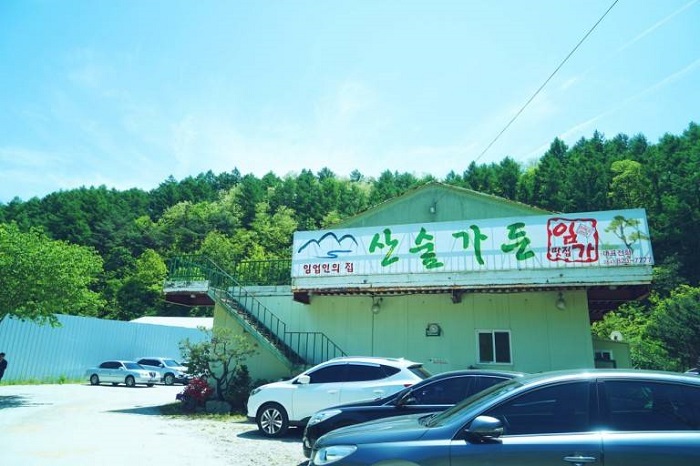
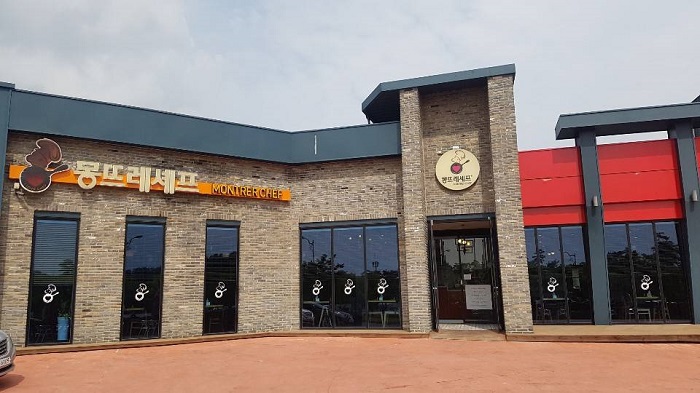

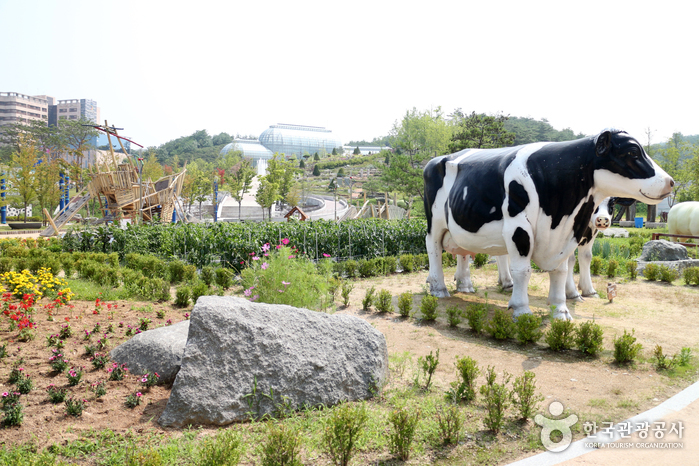
![Imyeonjae Head House [Korea Quality] / 흥해배씨 임연재종택 [한국관광 품질인증]](http://tong.visitkorea.or.kr/cms/resource/84/2627384_image2_1.jpg)
![An dong gotak Esanru [Korea Quality] / 안동고택 이상루 [한국관광 품질인증]](http://tong.visitkorea.or.kr/cms/resource/65/2579465_image2_1.jpg)
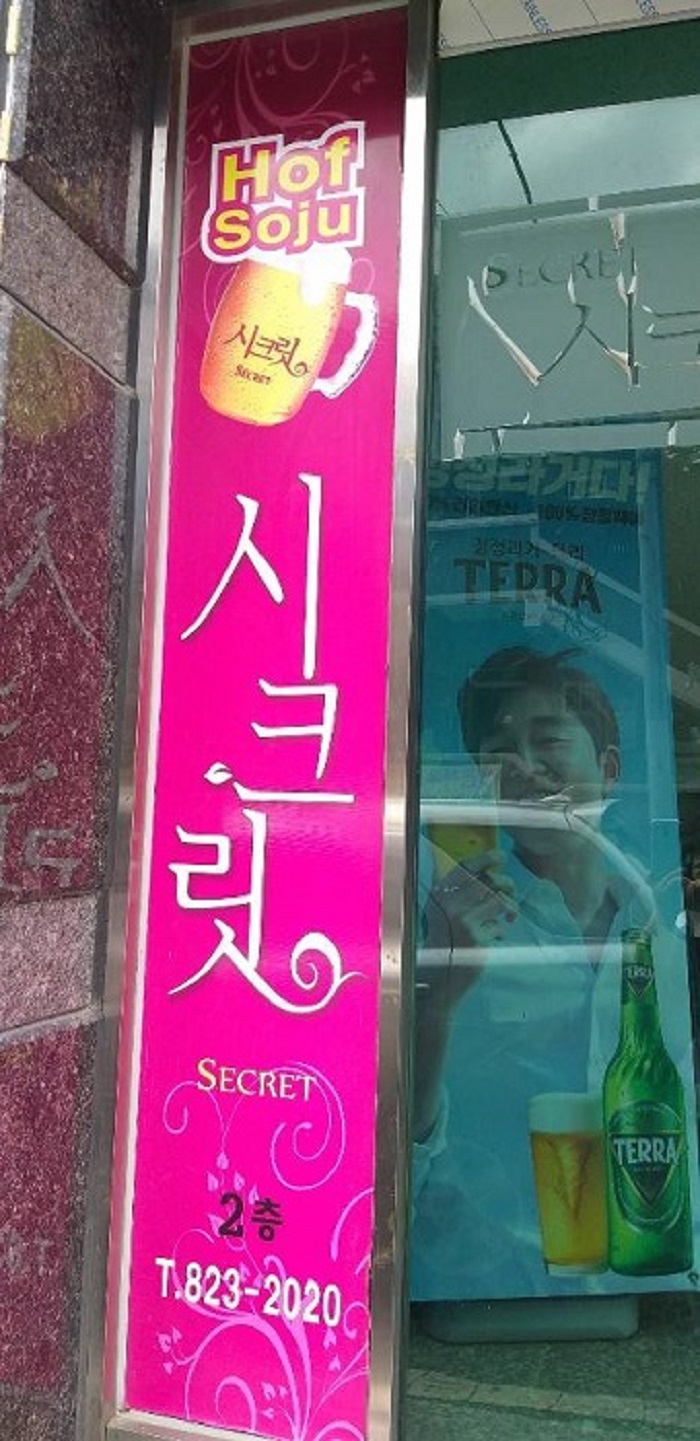
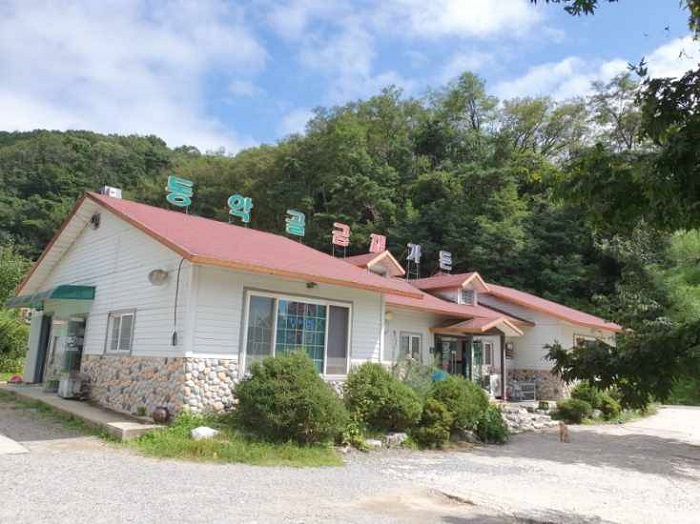
 Español
Español
 한국어
한국어 English
English 日本語
日本語 中文(简体)
中文(简体) Deutsch
Deutsch Français
Français Русский
Русский